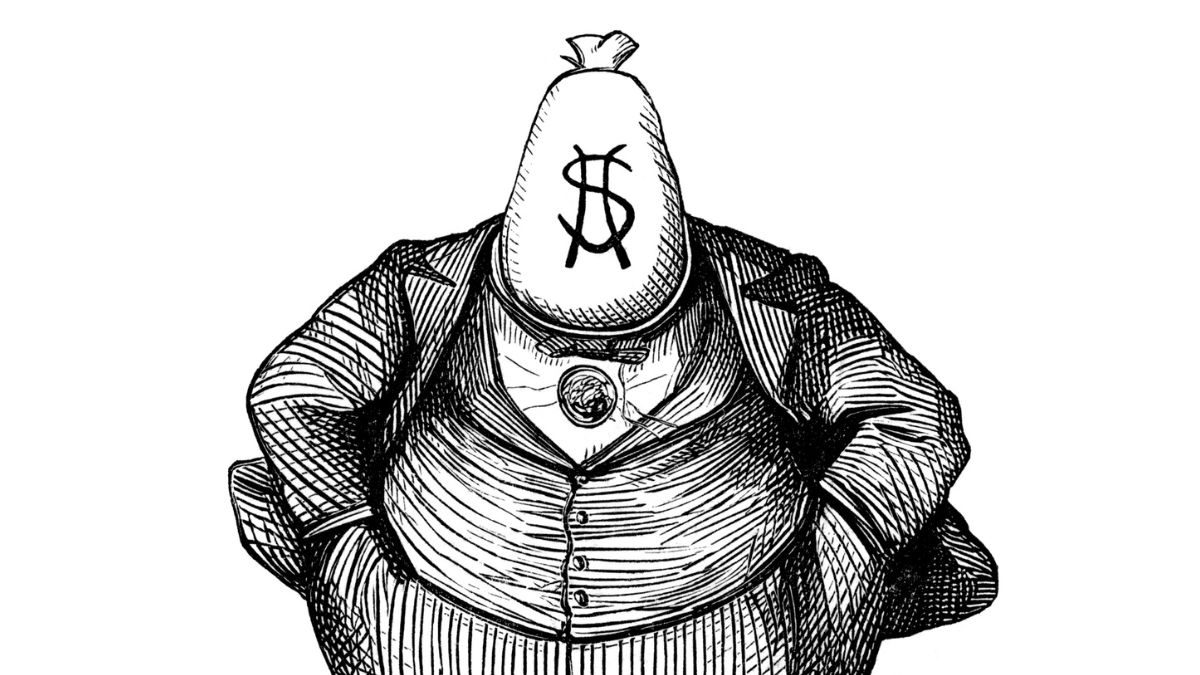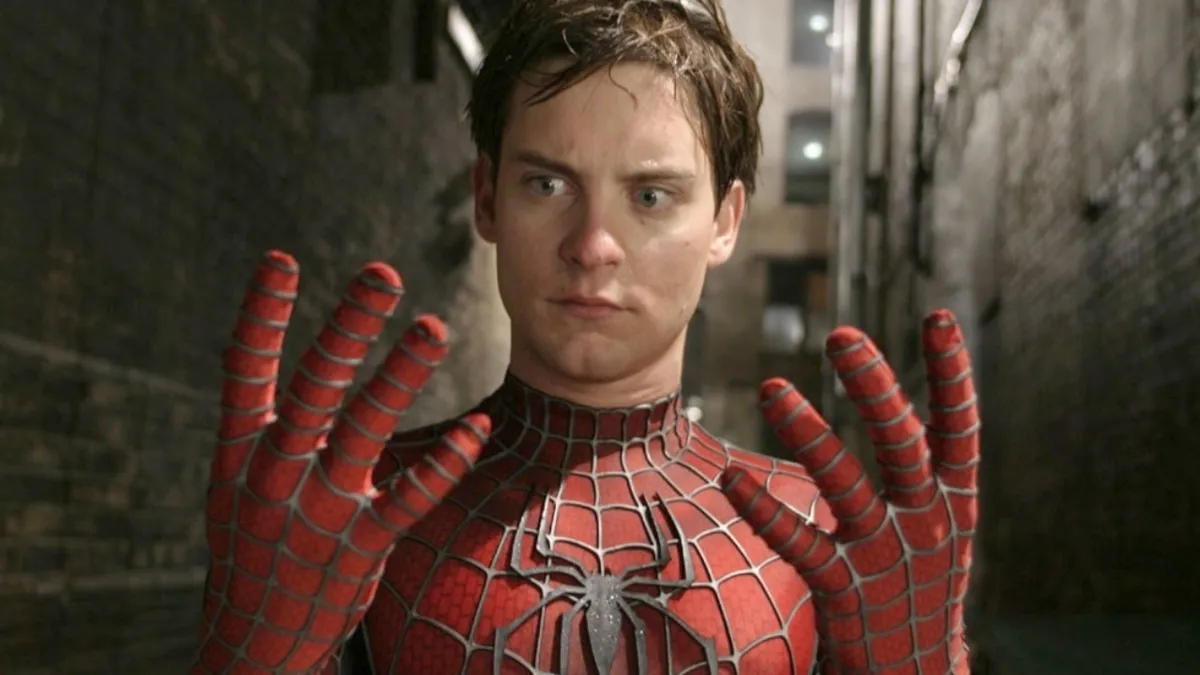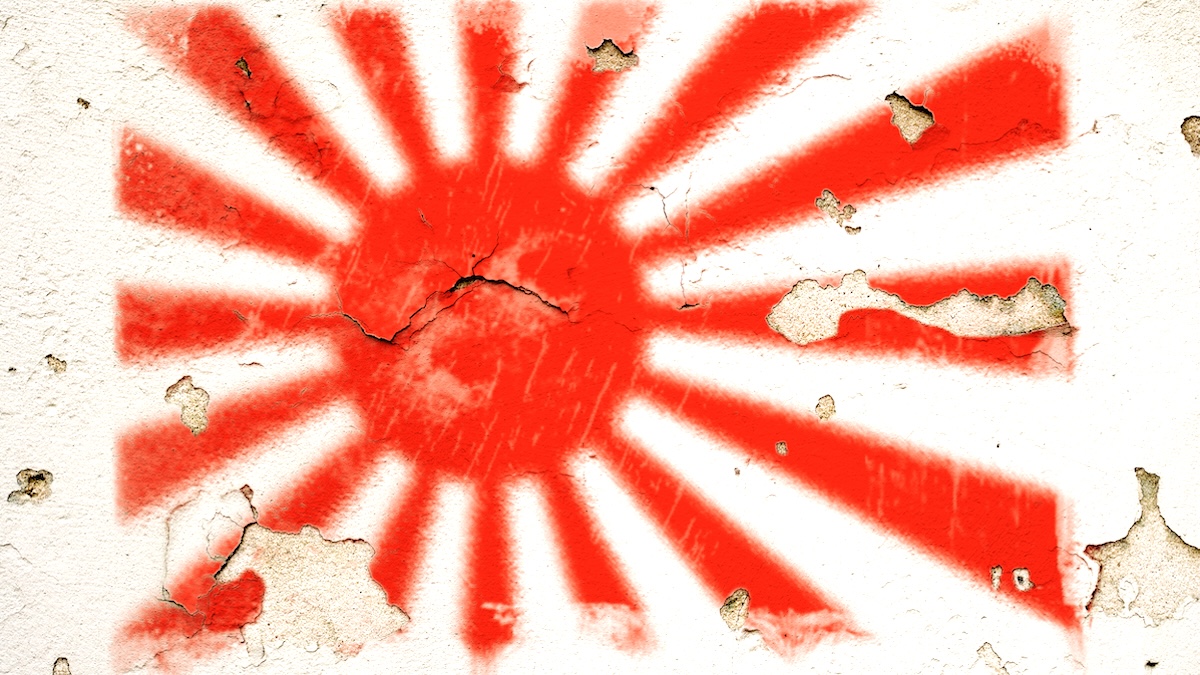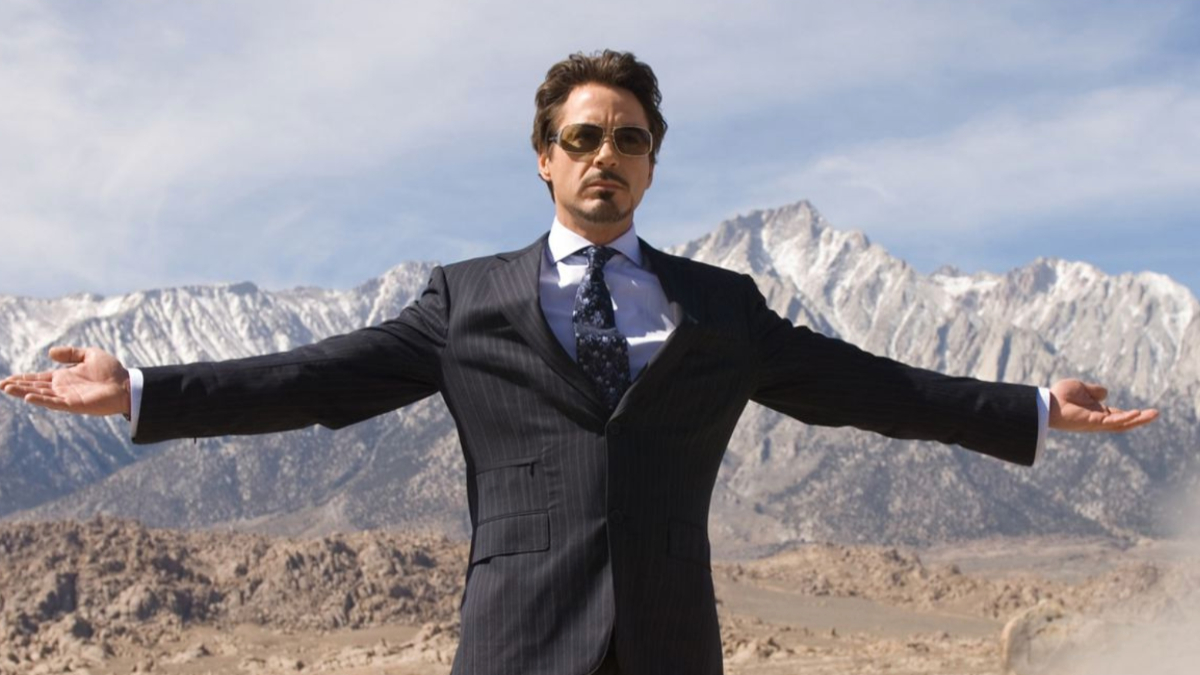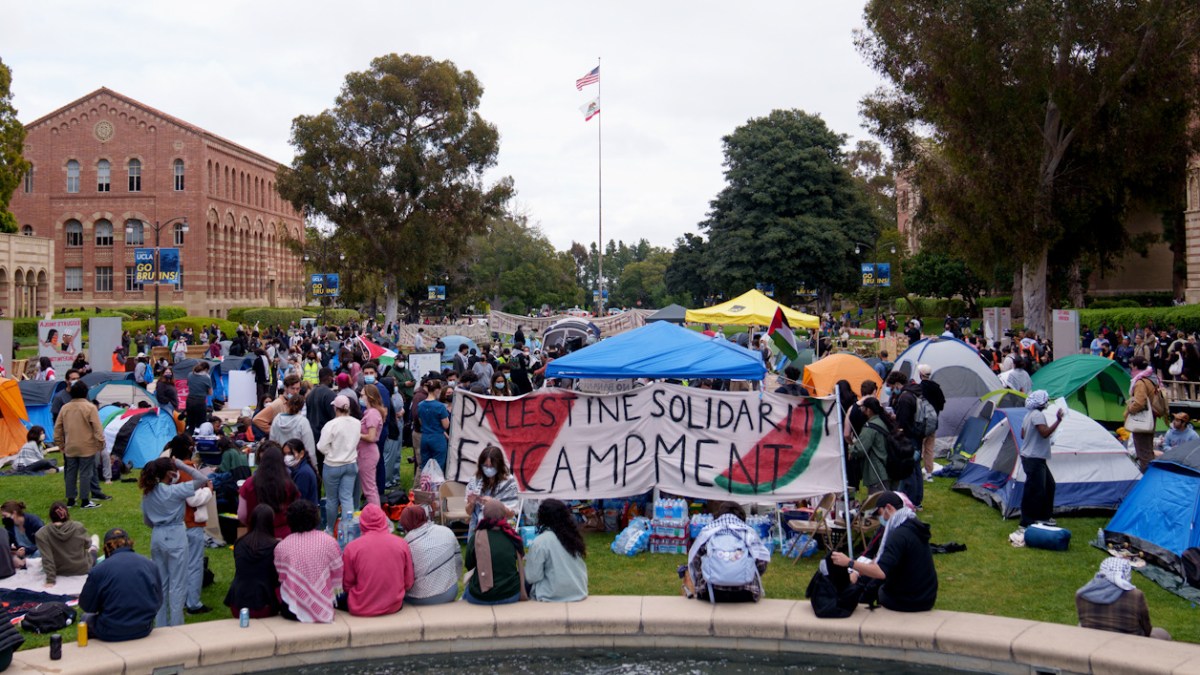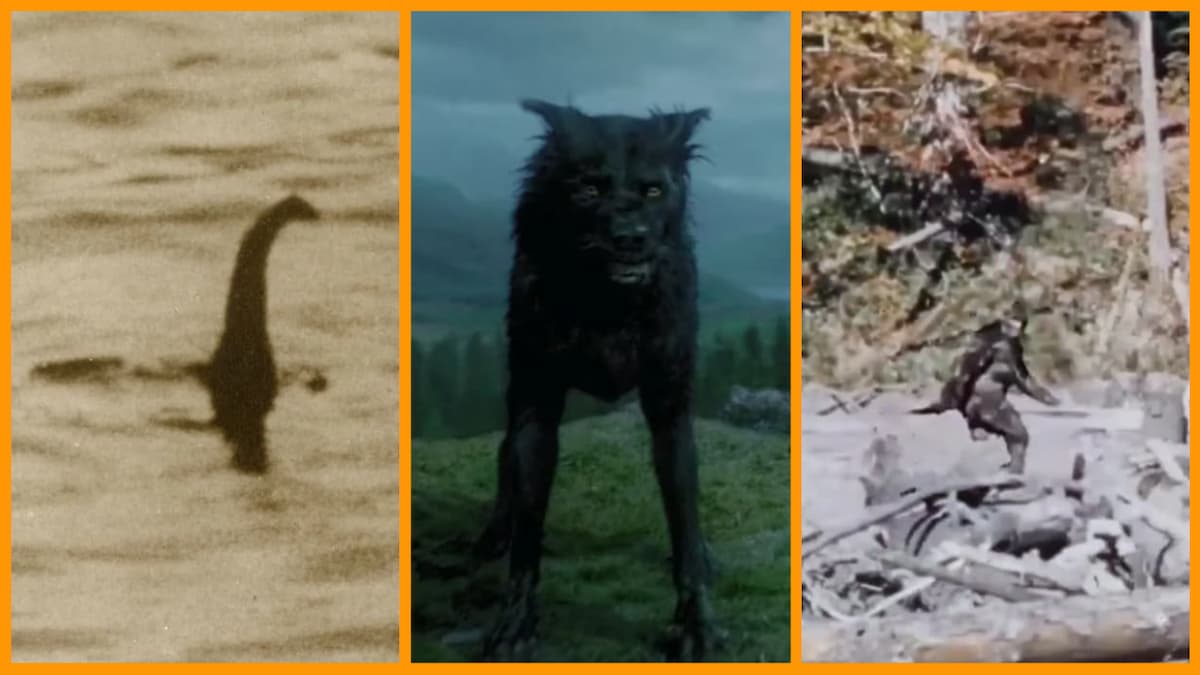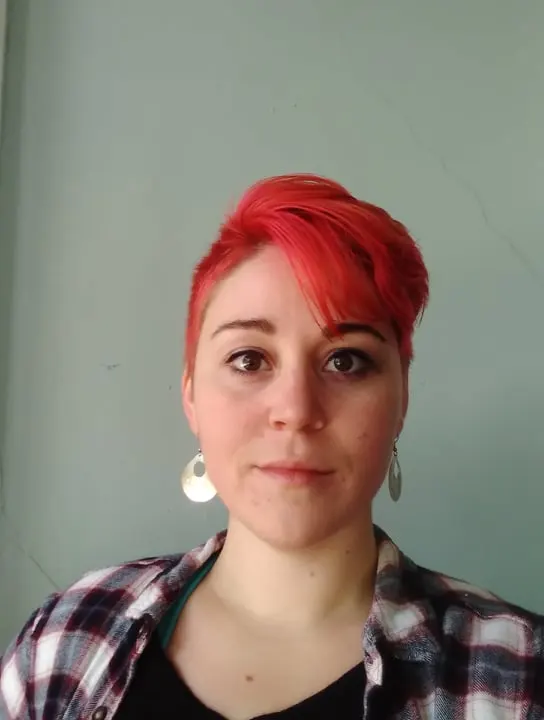It should come as no surprise to learn that the mega-wealthy among us have learned to expertly ferret their funds into hiding. While the rest of us were stashing cash in books, investing in a 401k, or simply letting interest accrue in a regular bank account, the rich were turning Panama offshore into a haven for tax evasion.
The Panama Papers leak, described by National Security Agency whistle-blower Edward Snowden as “the biggest leak in the history of data journalism,” includes a mind-boggling 11.5 million documents, forced 2 major politicians to resign, and caught 27 people in its web. The trial had been delayed several times already, but with any luck, we’ll finally learn the outcome of the financial trial of the century.
What are the Mossack Fonesca papers?
Snowden was right when he said that the Panama Papers leak was the largest in history. 2.6 Tb of data – roughly 15 copies of every season of The Office – 11.3 million documents, and ties to world leaders, it’s unlikely we’ll see anything else like it in our lifetime.
The documents were leaked to German newspaper Süddeutsche Zeitung (SZ) in 2015. In his only communiqué to the media, the anonymous informant pointed towards income inequality as his reasoning. “I understood enough about their contents to realize the scale of the injustices they described.” Reading through the dollar amounts listed in the evidence will make your eyes water, and it makes one wonder just how SZ and the International Consortium of Investigative Journalists (ICIJ) sifted through the mountain of information.
Hidden within the files of the Panama Papers was the personal financial information about the wealthy individuals – including FIFA officials, politicians, and drug smugglers – who made up the shareholders and directors of 214,488 shell companies run through Mossack Fonesca (MF), a Panamanian law firm. Established in the 1970s, MF connected with wealthy and powerful people. By the ‘90s, the company was active in politics.
Mossack Fonesca, named for Swedish co-founders, Juergen Mossack and Ramón Fonseca, sold shell firms in cities all around the world. The businesses-in-name-only could be purchased for as little as $1000. According to SZ’s findings, the more clients spent, the more impressive their firm appeared on paper. Sham employees could be added to the package, and true owners could be concealed creating an ownership structure “indecipherable from the outside.”
Better yet, customers could hire a “natural person trustee” to “sign lots of documents” to convince banks they were the company’s beneficial owner. These companies could, in turn, purchase one another, creating a cascading Matryoshka of fake subsidiaries. Each layer helped hide the individuals behind the ventures, many of whom went by aliases for anonymity. Despite their dedication to secrecy, MF’s leadership swore the company was doing everything above board.
It’s a foreign concept, for those of us “slumming it” on minimum wage, but there are surprisingly plentiful ways to set up an overseas company and not break the law. These legal grey areas are colloquially known as, (and no I am not joking) the “offshore magic circle.” Investing overseas can be a logical next step for many different businesses, but the rate at which certain companies were pursuing the option through MF was alarming.
Companies opened off-shore accounts following the EU 2005 “Savings Directive,” which was meant to prevent cross-border tax evasion by requiring the Swiss government to track interest on Swiss bank accounts. In response, businesses and wealthy investors set up anonymous offshore subsidiaries through firms like Mossack Fonesca. Rather than reinvest in the company by raising wages, or through controversial stock buybacks, companies like HSBC bank used MF to create 2000 offshore companies to avoid taxes, and they weren’t the only ones.
In the case of MF and many of the businesses linked to it, it’s clear that there were attempts “to engage in business activities that potentially violate sanctions, in addition to aiding and abetting tax evasion and money laundering.” The company had a walkthrough for investors to buy properties without leaving a paper trail.
In addition to their flagrant rule-bending, Mossack Fonesca was flippant about whose business they covered up. Despite a dedicated compliance department, which used “state-of-the-art” investigative software like Google and the FBI database to background check potential clients, the firm was associated with several high-profile criminals. Their policy required them to drop any maligned investor, but MF would go years without dropping problematic customers – if they did it at all.
In the case of Russian-American businessman Andrew Mogliyansky, who used his MF company IFEX Global LTD to finance a trip in which he raped 2 underaged orphan girls, Mossack Fonesca realized they were dealing with a pedophile 5 years after he was sentenced to jail. MF was linked to a suspected 3500 suspected criminals ranging from money launderers, Mafia members, Russian mobsters, and even Hydra terrorists (and no, I’m not talking about Marvel here.)
The key takeaway from the Panama Papers was the connection to the Car Wash corruption scheme in Brazil. Just a few years before the 11 million documents were leaked, Operation Car Wash was well underway. Sorry Breaking Bad fans, it’s not quite what you’re expecting, though it did start that way. After looking into doleiros (black market money dealers) that operated out of small businesses to launder profits from crimes, investigators found so much more than they were looking for.
According to prosecutors, the executives of major construction companies formed a cartel determining which firms would be awarded contracts. The billion-dollar contracts came with inflated prices to hide bribes for politicians – the former president of Brazil was accused of accepting a beachfront property in exchange for these contracts. The case was exponentially pushed forward by the introduction of the Panama Papers, which showed that Mossack Fonseca set up the shell companies used and linked them to their respective owners.
Mossack has been very vocal about his supposed innocence, but Fonesca has been hospital-bound and unable to attend the trial. The pair has already been acquitted on two separate charges after a judge ruled that the firm did not “handle or attempt to hide money stolen from Brazil” as related to the Car Wash scandal.
In response to ample criticism, Panama has adopted new legislation to modernize the country’s definition of money laundering. Unfortunately, any company created prior to the 2019 ruling is exempt from the new definition, and any company used to commit tax fraud before then is not considered criminal. It just goes to show that if you have enough money, you can get away with anything.

